Shandong
What are they?
Blank pages will be updated soon
Top picks
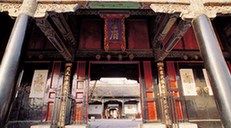
- The Confucian Temple and Family Mansion
Qufu, Shandong Province, is the hometown of Confucius (551-479 BC), a great thinker, statesman and educator in China's history. The place abounds with cultural relics, the most famous of which are the Confucian Temple, the Confucian Cemetery and the Confucian Family Mansion.

- Confucian Cemetery
The Confucian Cemetery, occupying more than 200 hectares, has served as the family graveyard of Confucius and his descendants for more than 2,300 years.
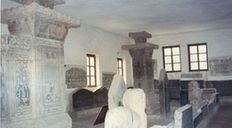
- Jiaxiang Wu Family Shrines Stone Carving
Located in Shandong Province, Jiaxiang Wu Family shrines cemetery complex was built in the Heng and Ling Reign in the Eastern Han Dynasty (147~189).
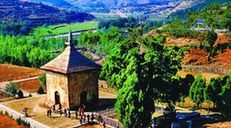
- Simen (Four-Door) Pagoda
The pagoda is located at the foot of Qinglong Mountain east of the ruins of Shentong Temple in Liubu Village of Licheng County, Shandong Province.
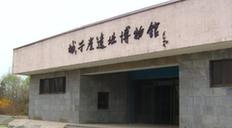
- Chengziya Archaeological Site
Located to the northeast of Zhangqiu City, Shandong Province, the discovery of ancient Longshan culture at the Chengziya Archaeological Site was a significant step toward understanding Chinese archaeological history.
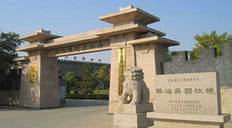
- Linzi, an ancient city from the Qi State
Located in the north western district of Linzi, Shangdong Province, the city was the capital of the Qi State during the Spring and Autumn (770-476 BC) and Warring States (475-221 BC) periods.
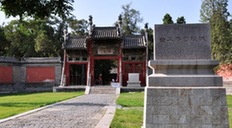
- Qufu, an ancient city from the Lu State
Located in Shandong Province, Qufu served as the capital of the Lu State during the Zhou Dynasty (11th century – 256 BC).

- The Xiaotang Mountain Guo Family Ancestral Hall
The Xiaotang Mountain Guo Family Ancestral Hall, also known as The Xiaotang Mountain Han Shrine, or Xiaotang Mountain Guo Family Tomb Stone Ancestral Hall, is the earliest stone house building in China.
